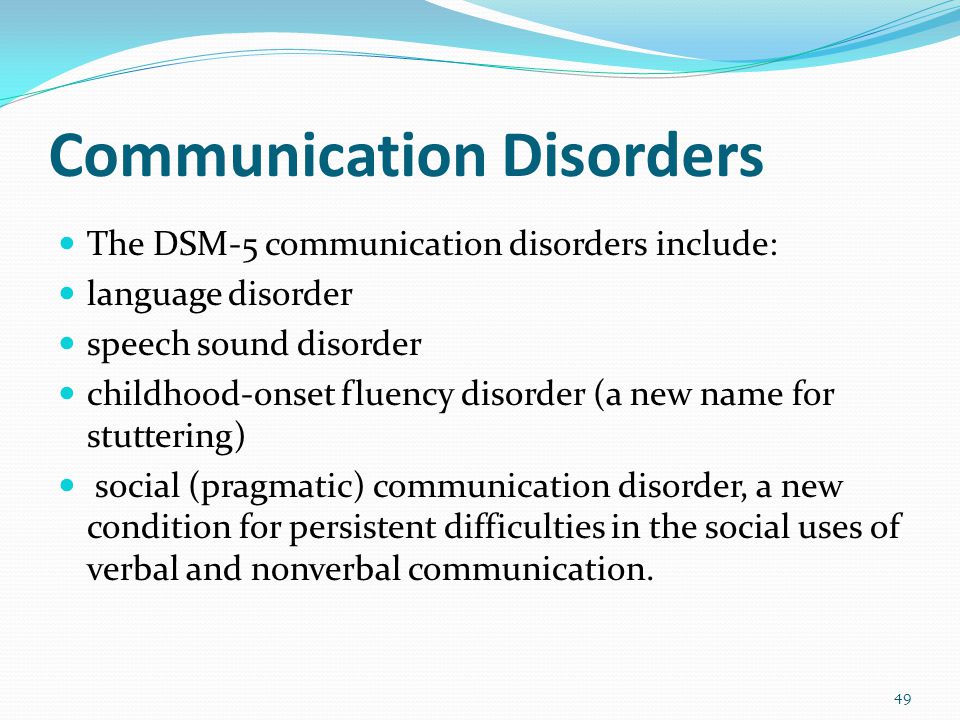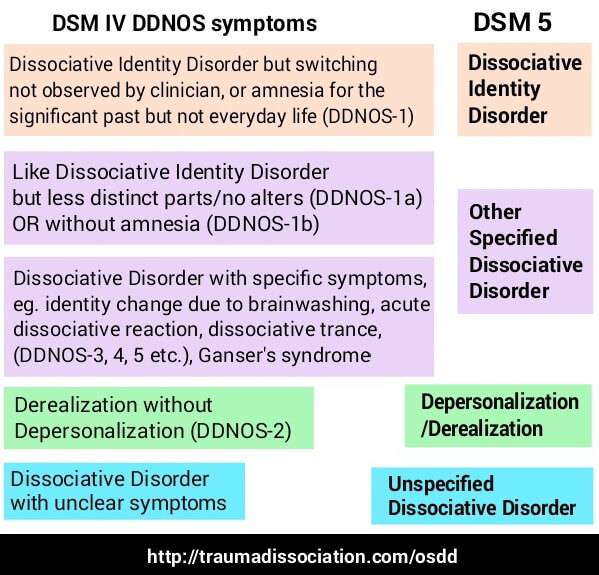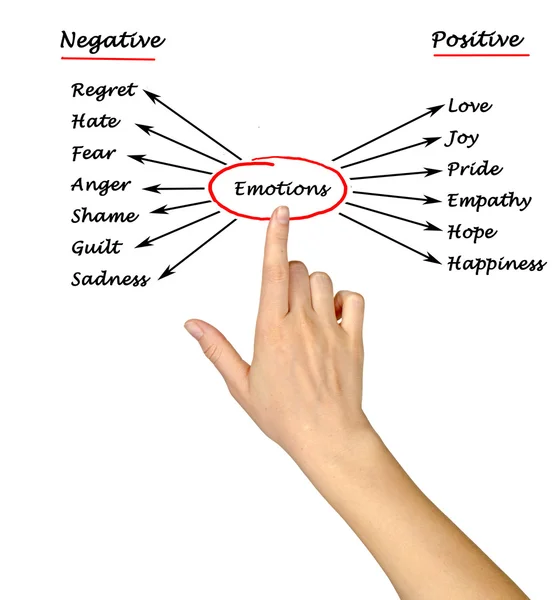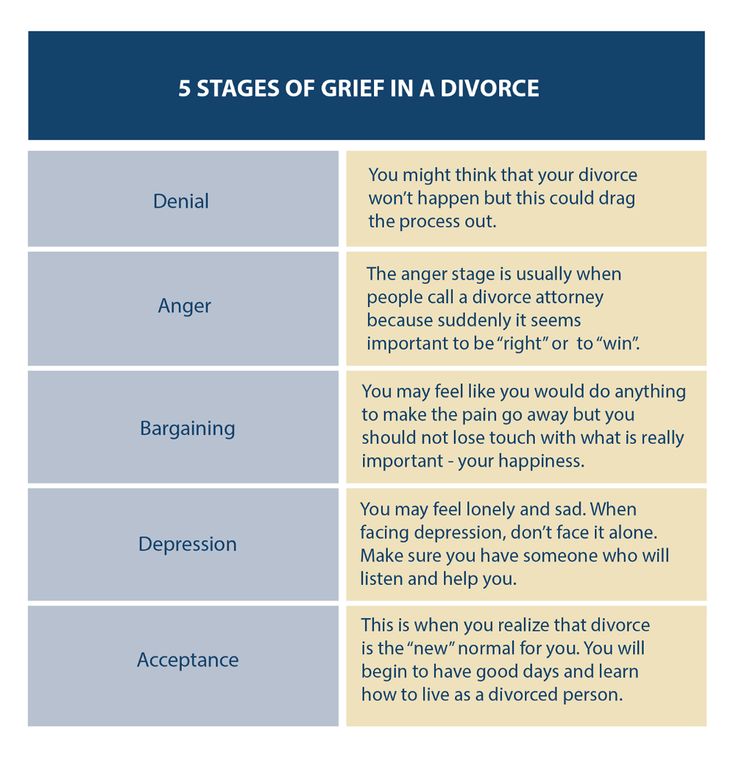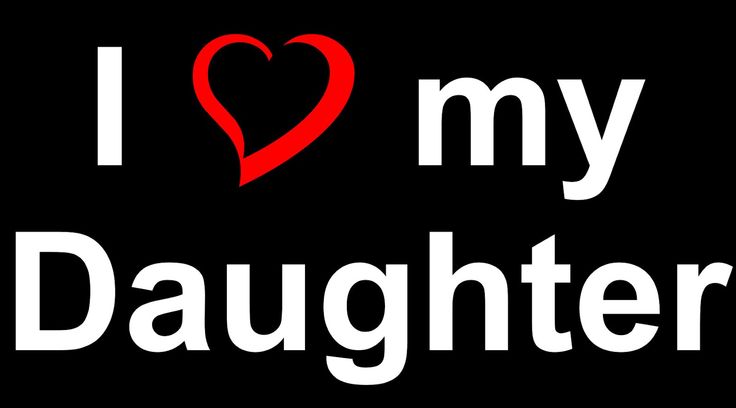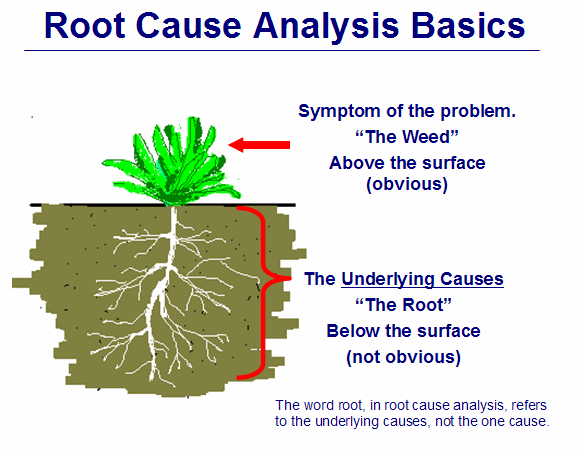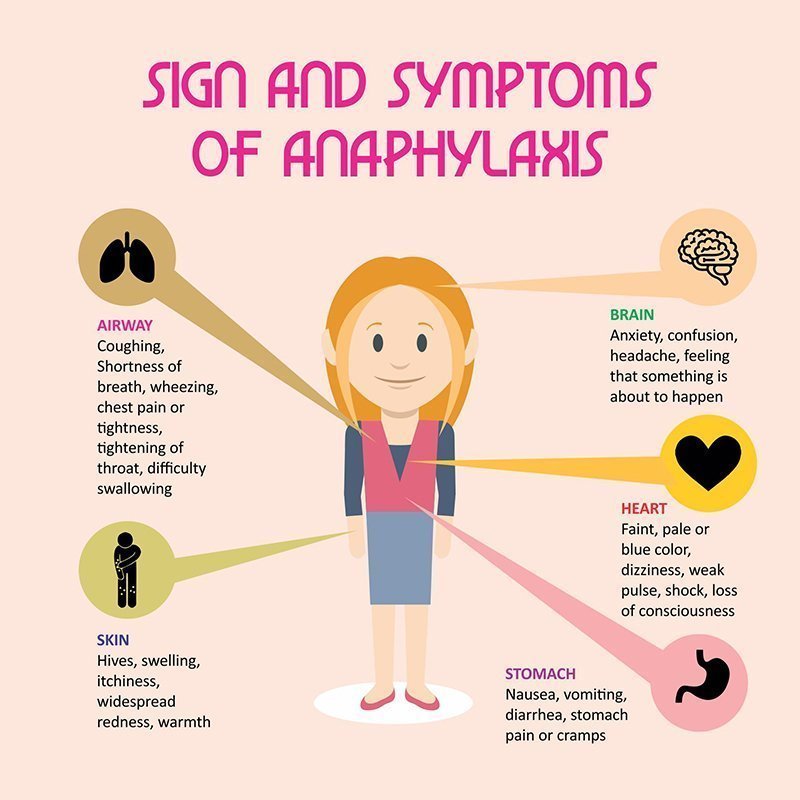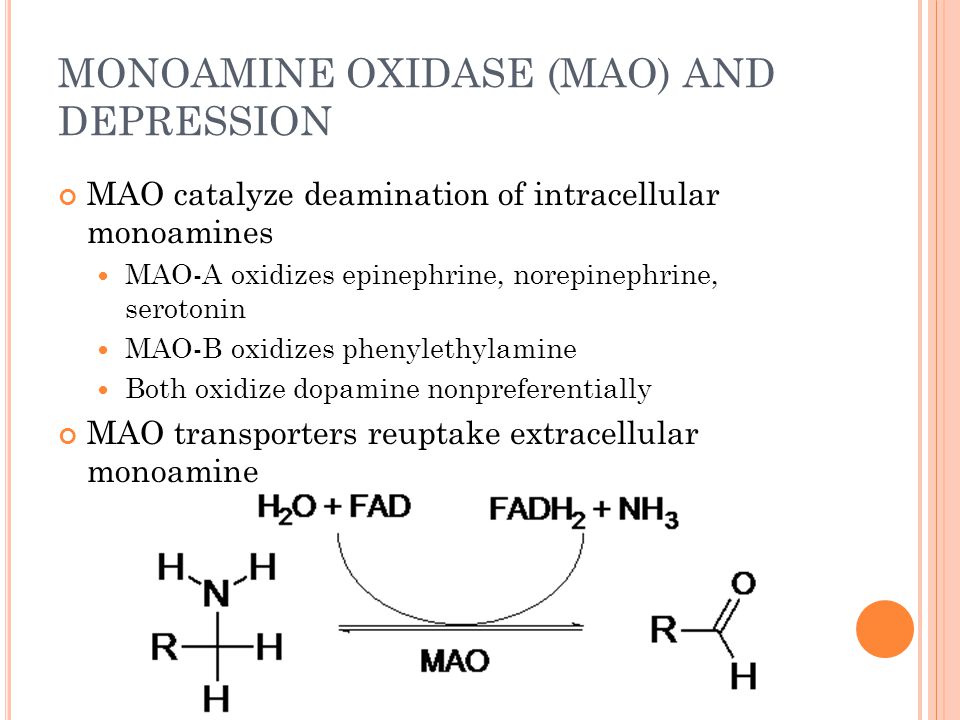Language disorders dsm 5
Language Disorder DSM-5: Causes, Symptoms and Treatment 315.39 (F80-9)
According to the Diagnostic and Statistical Manual of Mental Disorders, Fifth Edition (DSM-5), one may be diagnosed with language disorder if there are difficulties in the attainment and use of language due to comprehension or discourse shortfalls. These deficits can exist in spoken as well as written communication and even sign language.
Criteria Used to Diagnose Language Disorder DSM-5 315.39 (F80-9)
It can sometimes be tricky to determine whether someone has a language disorder, especially during childhood. It’s easy to underestimate a child’s language deficits, as children can be good at using context to assign meaning. The criteria below, determined by the DSM-5 should be used to more successfully make a language disorder diagnosis:
- The individual has a consistently hard time using language in different manners (speaking, writing, using sign language, or other) due to deficits in understanding or production that include:
- Reduced vocabulary
- Limited sentence structure or limited ability to put words together to form basic, grammatically correct sentences
- Impairments in discourse, for limited ability to use vocabulary and connect sentences or to keep up good conversation
- The individual’s language capacity is significantly below what is expected at his or her age, which may result in hindered communication, social participation, and academic achievement.
- The symptoms set in during the individual’s early developmental period.
- These given difficulties are not result of a sensory impairment, motor dysfunction, or another medical condition, and cannot be attributed to intellectual disability or global developmental delay.
Additionally, two different types of language learning skills should be assessed: expressive and receptive. Expressive ability is all about the production of vocal or verbal signals, while receptive ability refers to receiving and comprehending messages. Both skills should be evaluated to weigh levels in severity.
The Course and Risk of Developing Language Disorder DSM-5 315.39 (F80-9)?
Language disorder surfaces during the early developmental period; however, as previously discussed, it can sometimes be hard to detect these language deficiencies. Fortunately, by the time a child has reached the age of four, the deficits become more noticeable and are more easily measured. If language disorder is indeed diagnosed at this young age of four, it is likely to continue into adulthood and one’s language strengths and deficits will change with age and development.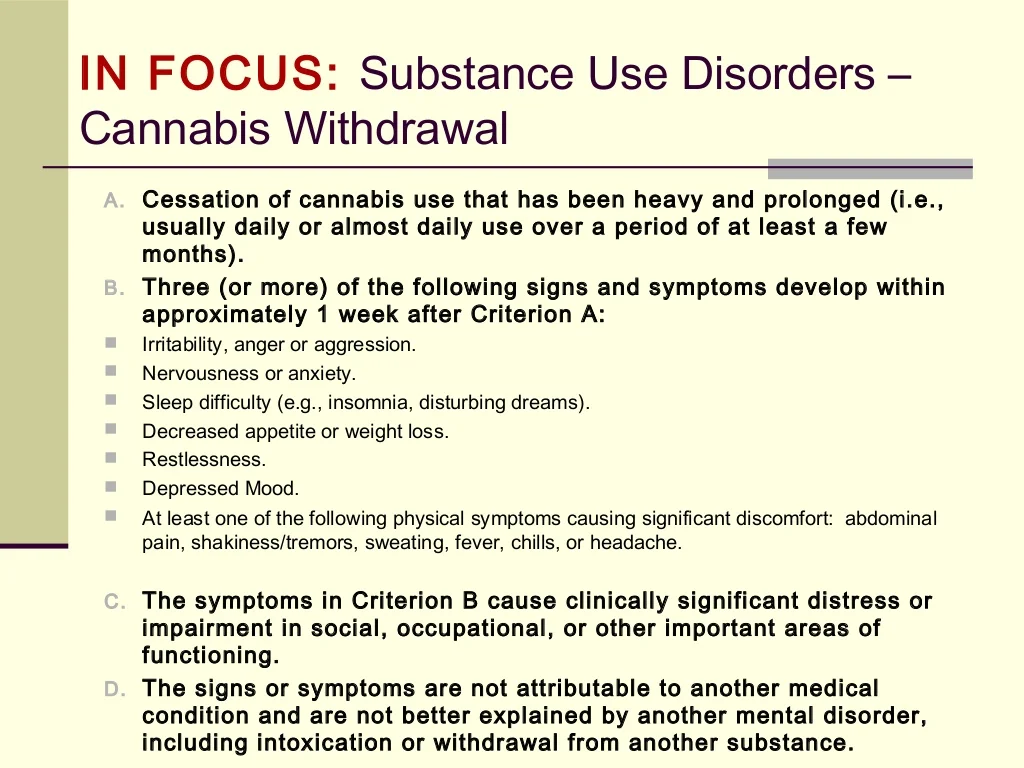
Are you wondering who may be at a higher risk of developing language disorder? Language disorders often run in families or carry over from one family member to the other—this is due to an individual, even a child, accommodating to their restricted language. So unless it runs in your family, you are at no additional risk of developing language disorder.
Seeking Treatment for the Disorder
There are a few treatment options for those diagnosed with language disorder:
- Speech and Language Therapy: There are multiple forms of speech therapy including group speech therapy, in-class speech therapy, and individual speech therapy. They each have their own benefits and variations but work to explore and correct speech deficits.
- Psychological Therapy: If emotional or behavior problems do or may coexist with the language disorder than psychological therapy may help by getting to the root of the issue causing a language deficit.
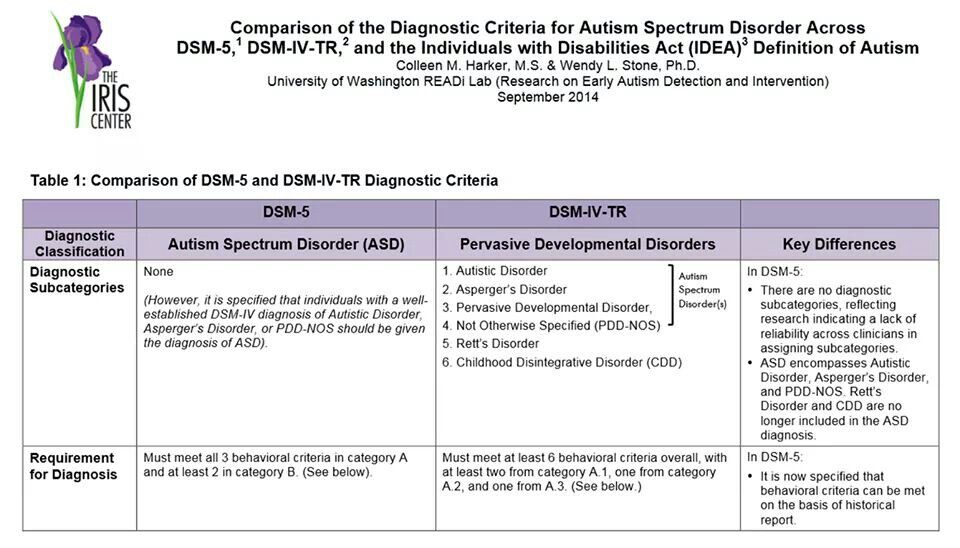
Differential Diagnosis
It’s important that one follows the criteria described in the DSM-5 before jumping to a language disorder diagnosis—there could be another explanation for the language deficits such as:
- Normal Developmental Variations: It’s normal for language abilities to differ from child to child at young ages. Just because a 2-year-old isn’t talking as much as the other 2-year-olds you know, that doesn’t mean they have language disorder.
- Sensory Impairment: Language deficits can be due to a sensory deficit such as a hearing impairment. Only when language deficits are excessive in these instances should a diagnosis of language disorder also be made.
- Intellectual Disability: Standardized assessments might prove an individual has an intellectual disability rather than a language disorder. Again, a diagnosis of language disorder should not also be made unless language deficits are in excess.
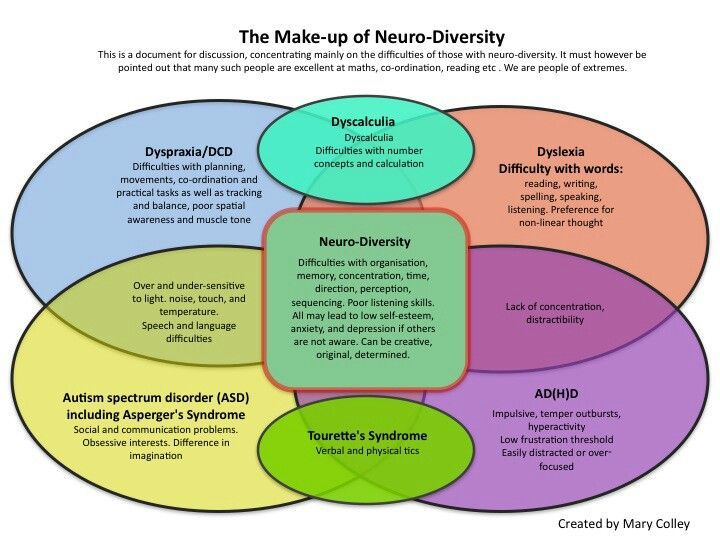
- Neurological Disorders: Language disorder can be acquired in association with neurological disorders (e.g., epilepsy)
- Language Regression: The loss of speech and/or language in a child younger than the age of three could be the cause of autism spectrum disorder or a neurological condition.
Could Cartoons Cause Language Deficits in Children? Question and Answer
Cartoons were made to entertain and surely achieve the goal of amusing kids for what can seem like forever. But what makes them so interesting? The picture on the screen certainly holds a child’s attention but so do the distinguishing voices of their favorite characters. Think: Spongebob Squarepants, Bugs Bunny, Tweety Bird, Donald Duck, Scooy Doo. Many of these cartoon characters simply have funny voices, but others have articulation issues and could also be considered dysfluent. This leaves some wondering if it’s healthy for their child to watch these shows.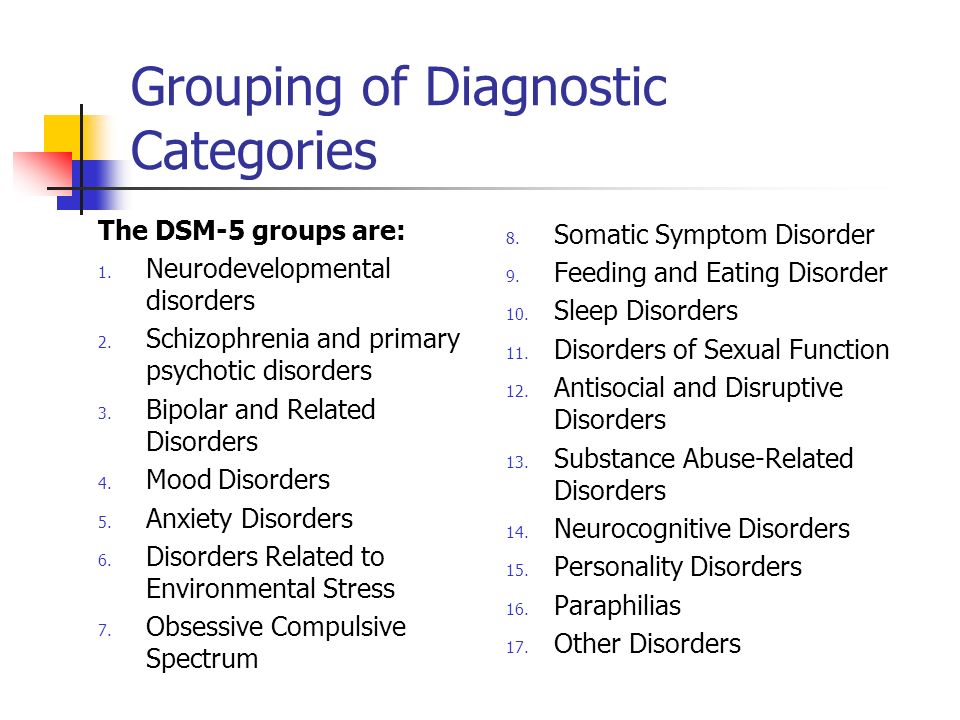
Question: So, do the countless minutes that young kids spend watching and listening to these cartoons affect their own language development?
Answer: It is a possibility. Kids learn from observing others, so their consistent exposure to negative speech patterns could certainly spark speech deficits. Additionally, if a child is interacting solely with a television program for much of the day, they are more likely to rely on it for language lessons and cues.
Language Disorder - PsychDB
Table of Contents
Language Disorder
Primer
Expressive vs. Receptive
DSM-5 Diagnostic Criteria
Pathophysiology
Differential Diagnosis
Investigations
Treatment
Resources
For Patients
For Providers
Primer
Language Disorder is a disorder characterized by difficulties in the acquisition and use of language, due to deficits in the production or comprehension of vocabulary, discourse, and sentence structure.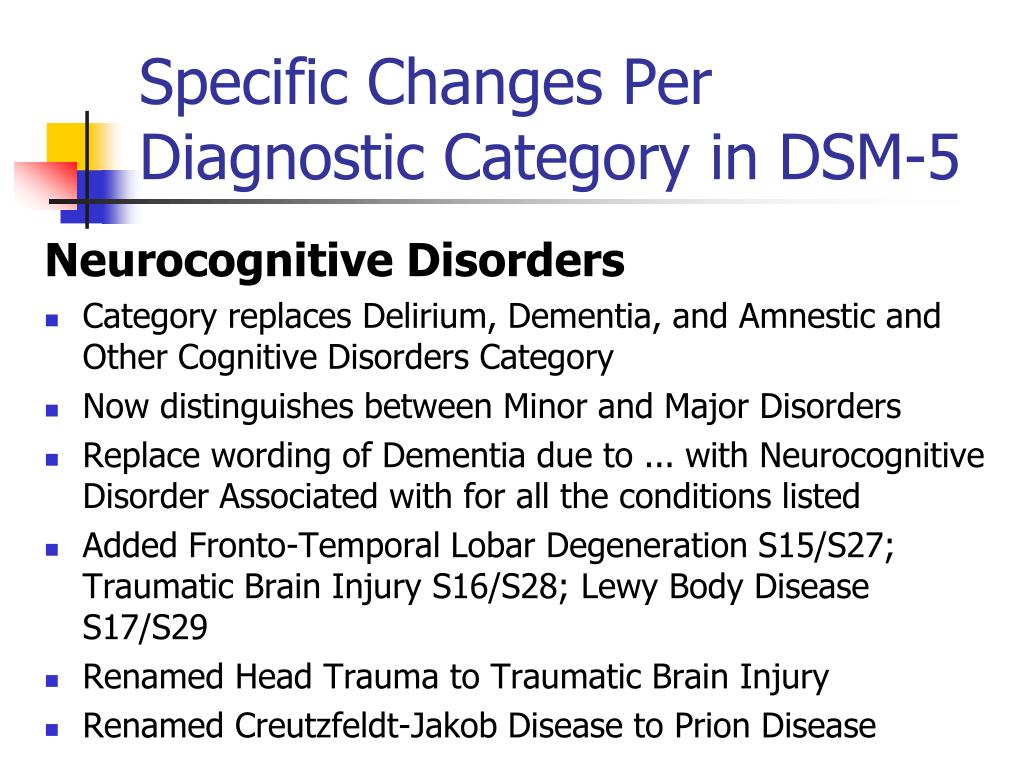 These deficits will be apparent in spoken communication, written communication, or sign language. These deficits can either be in receptive and/or expressive skills.
These deficits will be apparent in spoken communication, written communication, or sign language. These deficits can either be in receptive and/or expressive skills.
Epidemiology
Language disorder occurs early in the developmental period. However, there is great variation in early vocabulary acquisition between individuals up until age 4, making the diagnosis unreliable. However, by 4 years of age, individual differences in language ability stabilize, and deficits by this age are highly predictive for future outcomes in adulthood. Individuals with a family history of language disorders are more likely to develop this disorder.
Comorbidity
Language disorder is strongly associated with specific learning disorder (in particular with literacy and numeracy), attention-deficit/hyperactivity disorder, autism spectrum disorder, social (pragmatic) communication disorder, and developmental coordination disorder.
Expressive vs. Receptive
DSM-5 Diagnostic Criteria
Criterion A
Persistent difficulties in the acquisition and use of language across modalities (i.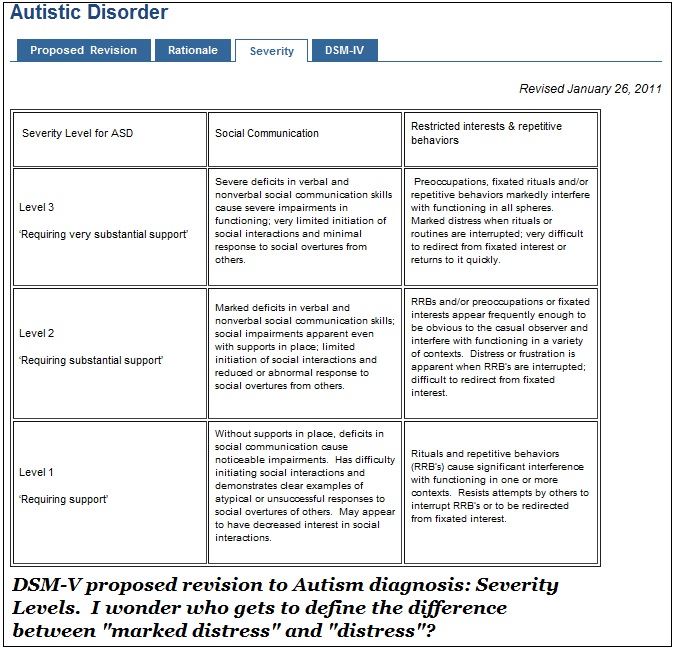 e. - spoken, written, sign language, or other) due to deficits in comprehension or production that include the following:
e. - spoken, written, sign language, or other) due to deficits in comprehension or production that include the following:
Reduced vocabulary (word knowledge and use)
Limited sentence structure (ability to put words and word endings together to form sentences based on the rules of grammar and morphology)
Impairments in discourse (ability to use vocabulary and connect sentences to explain or describe a topic or series of events or have a conversation).
Criterion B
Language abilities are substantially and quantifiably below those expected for age, resulting in functional limitations in effective communication, social participation, academic achievement, or occupational performance, individually or in any combination.
Criterion C
Onset of symptoms is in the early developmental period.
Criterion D
The difficulties are not attributable to hearing or other sensory impairment, motor dysfunction, or another medical or neurological condition and are not better explained by intellectual disability or global developmental delay.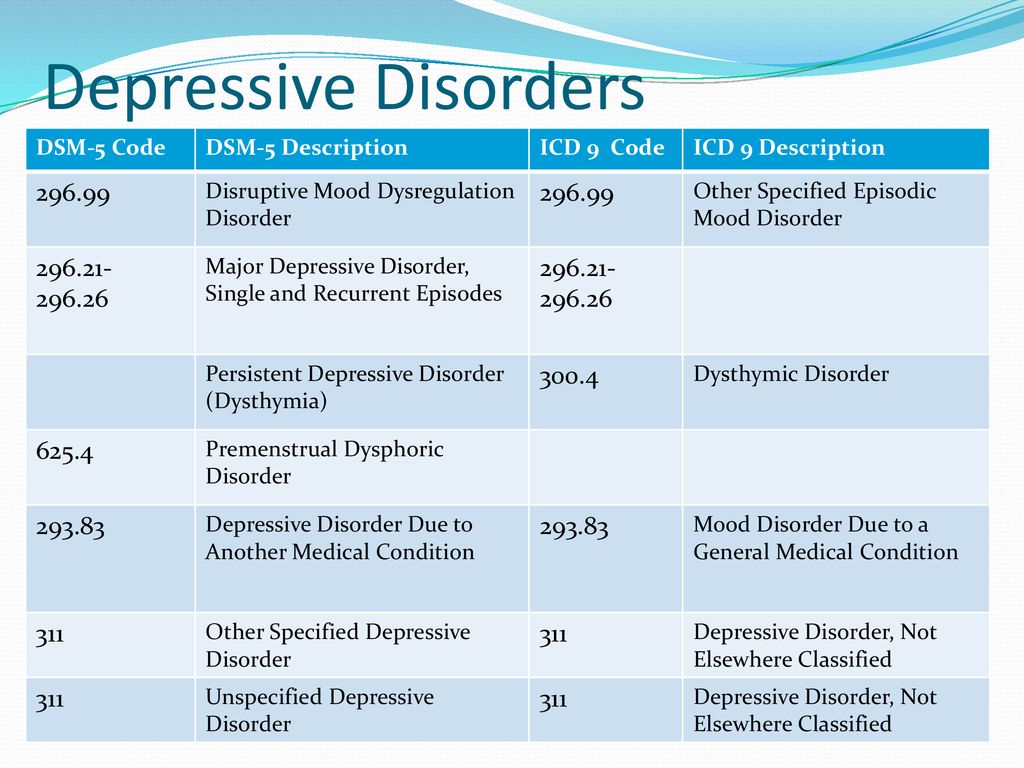
Pathophysiology
The etiology of a language disorder can either be developmental (develops at birth), or acquired (through hearing loss, neurological disorders, intellectual disability, autism spectrum disorder, or substance abuse).
Differential Diagnosis
Normal variations in language
Language disorder needs to be distinguished from normal developmental variations, this is hard to decipher before 4 years of age. Regional, social, or cultural/ethnic variations of language must be considered before giving a diagnosis of language disorder.
Hearing or other sensory impairment
Hearing impairment should always be excluded first as the primary cause of language problems. Language deficits can be associated with a hearing impairment, other sensory deficit, or a speech-motor deficit. For example, individuals with Central Auditory Processing Disorder (CAPD) can have language deficits.
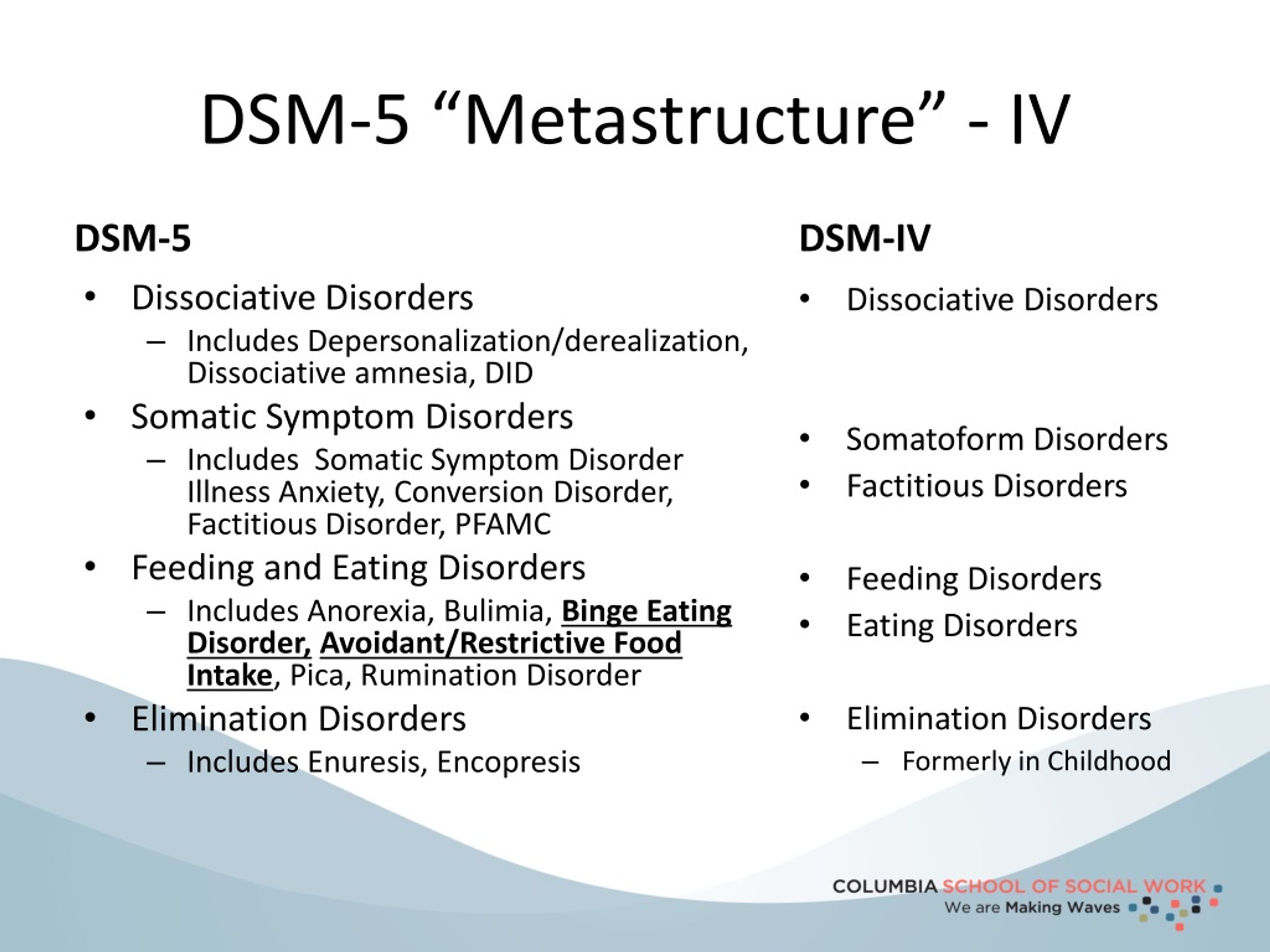 Only when the language deficits are in excess of what is expected, should a diagnosis of language disorder be made.
Only when the language deficits are in excess of what is expected, should a diagnosis of language disorder be made.
Intellectual disability
Language delay is often the presenting feature of intellectual disability, and the definitive diagnosis may not be made until the child is able to complete standardized assessments. A separate diagnosis is not given unless the language deficits are clearly in excess of the intellectual limitations.
Neurological disorders
Language disorder can be acquired in association with neurological disorders, such as epilepsy, stroke, aphasia, or Landau-Kleffner syndrome (also known as infantile acquired aphasia). If there are symptoms of seizures, a detailed neurologic and seizure history and diagnostic investigations should be ordered (e.g. - Electroencephalogram (EEG))
Autism Spectrum Disorder
Loss of speech and language in a child younger than 3 years may be a sign of autism spectrum disorder (with developmental regression) or a specific neurological condition, such as Landau-Kleffner syndrome.

Investigations
Neurological and medical evaluation to rule out medical causes of language impairment
Formal audiologic testing to rule out hearing loss that might contribute to the speech impairment
An assessment by a speech and language pathologist (SLP)
Treatment
Speech and language therapy is the main treatment. This can delivered by speech and language pathologists and other clinicians. Assistive technology, special education, and educational accommodations may also be used to help individuals.
Resources
For Patients
For Providers
Articles
Research
References
1)Neils, J., & Aram, D. M. (1986). Family history of children with developmental language disorders. Perceptual and motor skills, 63(2), 655-658.
Pragmatic Language Disorder - frwiki.wiki
"SSP (Pragmatic Semantic Syndrome)" redirects here.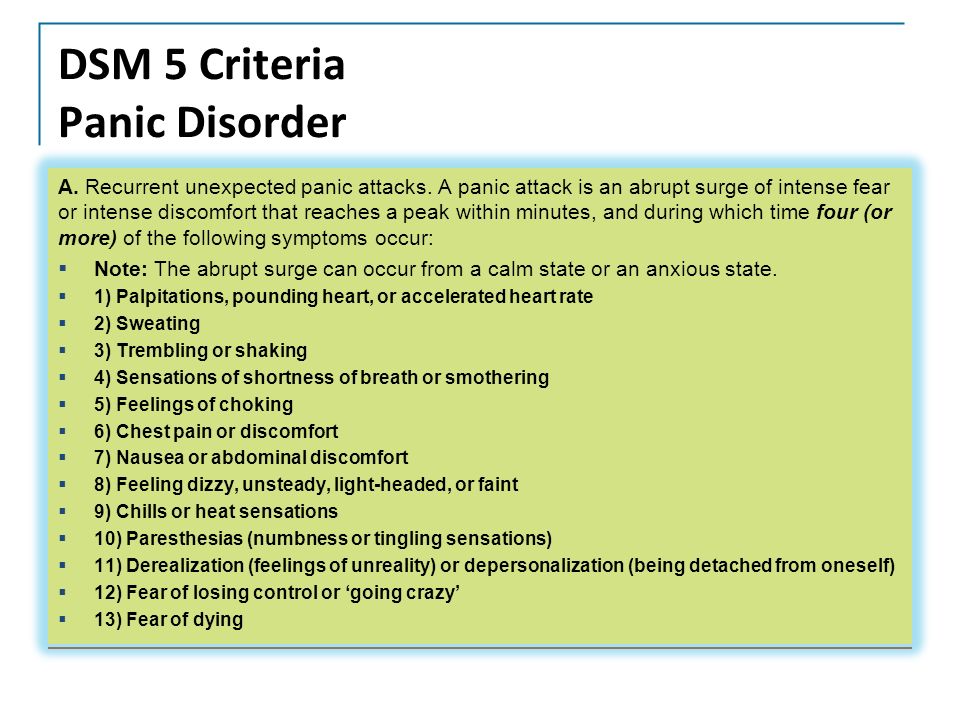 For other uses, see SSP.
For other uses, see SSP.
Pragmatic language disorder is a form of aphasia, described and individualized in 1983 under the name pragmatic semantic syndrome or SSP abbreviated. This is manifested in the organizational difficulties of verbal communication. Due to criticism due to confusion with widespread developmental disorders, this ambiguous medical diagnosis was left in the international nosological classifications in 1999 Laurent Mottron, in particular, believes that the diagnosis of CAP has often been made at the expense of the diagnosis of Asperger's syndrome. . PFS has been compared to dysphasia and psychotic disharmony.
In 2013, SSP-inspired "Pragmatic Language Disorder" (PLD) was individualized in the DSM-5. BPD can only be self-diagnosed if the diagnosis of autism spectrum disorder (ASD) has been ruled out. It is believed that BPD is often associated with ASD.
Summary
- 1 story
- 2 Definition
- 3 reviews
- 4 Notes and references
- 5 applications
- 5.
 1 Bibliography
1 Bibliography
- 5.
History
Pragmatic language disorder was first identified in 1983 by Isabelle Rapin and Doris A. Allen, who consider it a syndrome and call it "Pragmatic Semantic Syndrome". According to cognitive psychiatrist Laurent Mottron, this diagnosis was often made by speech therapists and neurologists who did not use the Diagnostic and Statistical Manual of Mental Disorders in their clinical practice, but it ceased to be used at the end of 1990s in Quebec. . In 1999, the Pragmatic Semantic Syndrome was effectively rejected by the American Psychiatric Association and the Pediatric and Neurological Association. In 2009, two French researchers, the linguist Laurence Beaux and the psychologist Clément de Guibert, advocated a convergence of pragmatic semantic syndrome, autism, dysphasia, and psychotic disharmony.
Nosological category inspired by semantic pragmatic syndrome, pragmatic language disorder (TPL ), was created in DSM-5 in 2013.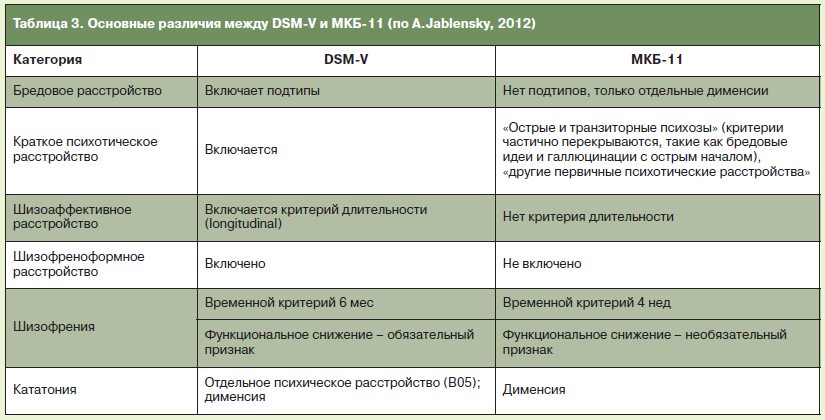 The diagnosis of TLP can only be made if the diagnosis of autism spectrum disorder (ASD) has been excluded. . In addition, it is believed that TLP may frequently occur in people with ASD.
The diagnosis of TLP can only be made if the diagnosis of autism spectrum disorder (ASD) has been excluded. . In addition, it is believed that TLP may frequently occur in people with ASD.
Definition
Pragmatic speech disorder manifests itself as a speech disorder in children who find it difficult to organize their communication and who use "jargon with neologisms and echolalia" . In France, it is classified as dysphasia. nine0003
According to Laurent Mottron, the clinical picture of the pragmatic semantic syndrome in its old definition completely overlapped the picture of general developmental disorders as defined in DSM-IV.
Reviews
In 2004, Laurent Mottron criticized the diagnostic criteria for semantic pragmatic syndrome, believing that the establishment of this diagnosis is at the expense of the diagnosis of Asperger's syndrome, especially in France: “French health circles are slow to recognize invasive disorders. development without mental retardation, while this category has been recognized in scientific circles since the late 1980s. This delay is manifested in the reluctance in the presence of a person of normal intelligence to diagnose autism or Asperger's syndrome in favor of various names such as "autistic traits", "infantile psychosis" or "pragmatic". semantic syndrome "" . According to him, all the people who came to his clinic in Montreal with this diagnosis could be reclassified as autistic or Asperger's because "they clearly met the criteria for these diagnoses." nine0003
This delay is manifested in the reluctance in the presence of a person of normal intelligence to diagnose autism or Asperger's syndrome in favor of various names such as "autistic traits", "infantile psychosis" or "pragmatic". semantic syndrome "" . According to him, all the people who came to his clinic in Montreal with this diagnosis could be reclassified as autistic or Asperger's because "they clearly met the criteria for these diagnoses." nine0003
Notes and links
- ↑ Rapin and Allen, 1983.
- ↑ Beaud and de Guibert 2009, pp. 89.
- ↑ a b and c Mottron 2004, p. 61.
- ↑ Mottron 2004, pp. 47.
- ↑ Mottron 2004, p.
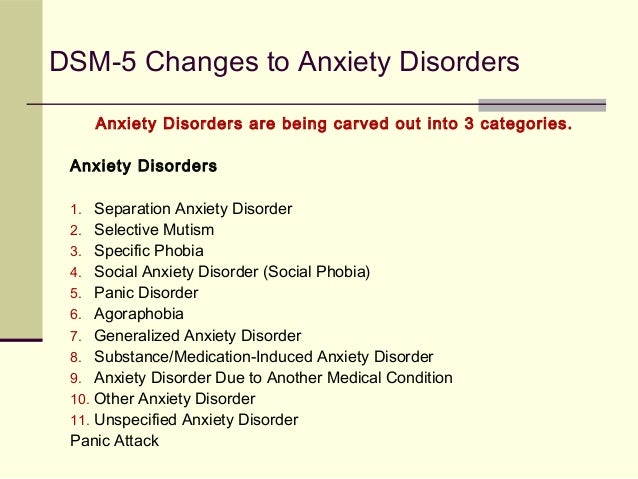 62.
62. - ↑ Beaud and Guibert 2009, pp. 89-130.
- ↑ (in) " Social (Pragmatic) Communication Disorder » (as of September 28, 2013) .
- ↑ (in) Ahmed Mohammed Aldwais Rasha Mohammed Shoeib Faiza Saleh Al Hammadi, Khalid Hasan Al Malki, and Farah Hameid Alenezi, “ Measuring Pragmatic Language in Children with Developmental Dysphasia: Comparing Results of Arabic Versions of TOPL-2 and CELF-4 (PP) and Subtests ORS) ", International Journal of Linguistics , v. 4, p o 2
- ↑ Maurice Despinoy, Psychopathology of children and adolescents , Armand Colin, , 224 pp. (ISBN 978-2-200-25851-1 and 2-200-25851-8) , pp. 74.
- ↑ Mottron 2004, pp. 31.
Applications
- Psychotic disharmony
Bibliography
- (ru) I. Rapin and D.A. Allen, Developmental Language Disorders: Nosological Considerations , in Neuropsychology of Language, Reading and Spelling , New York, Academic Press New York, , pp.
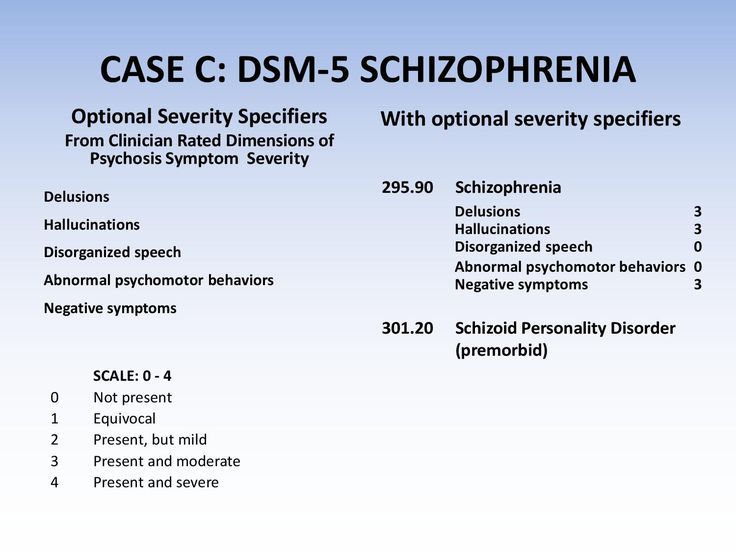 155-184
155-184 - [Beaud and Guibert 2009] Lawrence Bo and Clément de Guibert, “ Semantic-pragmatic syndrome: dysphasia, autism or 'psychotic disharmony'? ", Child psychiatry , t. 52, p o 1, , pp. 89–130
- [Mottron 2004] Laurent Mottron, Autism, other intelligence: diagnosing, understanding and supporting people with autism without mental retardation , Sprimont, Éditions Mardaga, coll. "Psychological practices: cognition, emotions and health", , 235 p.
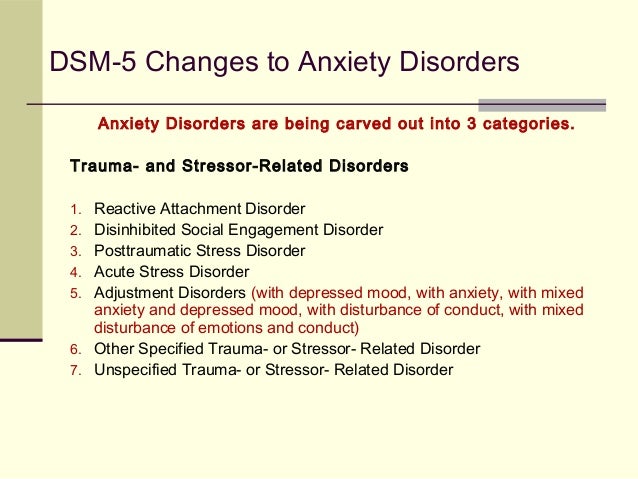 nine0059
nine0059 - L. Thiebaud, " Semantic and pragmatic language disorders: the interest of linguistic analysis in psychiatry and pathological framework ", Neuropsychiatrie de l'Enfance et de l'Adolescence , vol. 59, p o 5,
- [Mottron 2004] Laurent Mottron, Autism, other intelligence: diagnosing, understanding and supporting people with autism without mental retardation , Sprimont, Éditions Mardaga, coll. "Psychological practices: cognition, emotions and health", , 235 p.
| Autism nosography | ||
|---|---|---|
| DSM- IV |
| |
| CFTMEA |
| |
| ICD-10 |
| |
| DSM-5 |
| |
| Unclassified names | nine0211||
| Discontinued items |
| |
Development of 20th century autism concepts in the UK
Author : Sukhareva Valeria Andreevna
Academic Supervisor : Kupriyanova Asya Ilyinichna
Category : Pedagogy
Posted by in young scientist #25 (367) June 2021
Publication date : 16.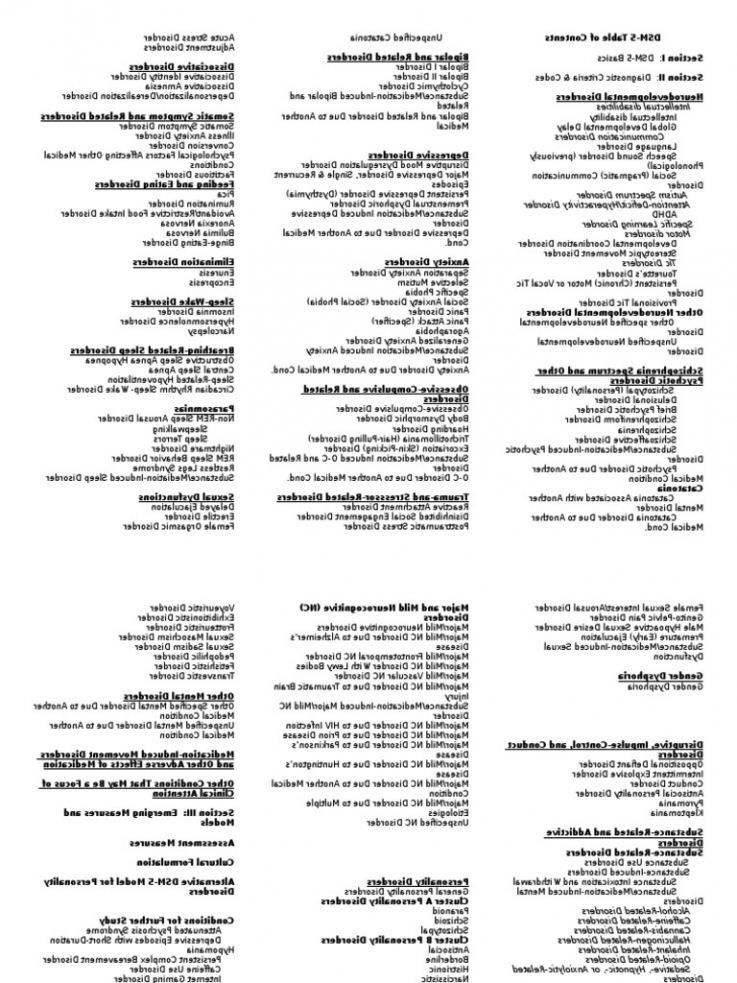 06.2021 2021-06-16
06.2021 2021-06-16
Article viewed: 37 times nine0003
Download electronic version
Download Part 6 (pdf)
References:
Sukhareva, V. A. Formation of the concepts of autism of the XX century in Great Britain / V. A. Sukhareva. - Text: direct // Young scientist. - 2021. - No. 25 (367). - S. 440-442. — URL: https://moluch.ru/archive/367/82444/ (date of access: 12/25/2022).
This article discusses the key approaches of British scientists in defining the concept of autism. The process of transforming this concept into the definition of "autism spectrum disorder" is also touched upon. nine0352
Keywords : autism spectrum disorders, UK, history of study.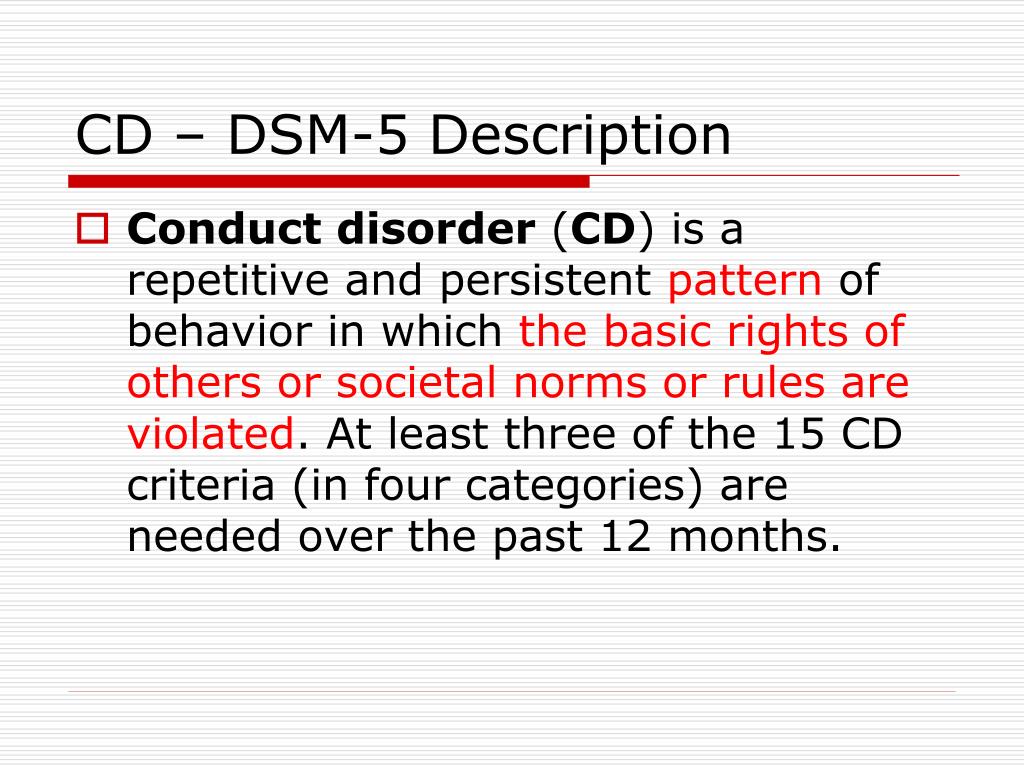
This article examines the key approaches of British scientists in defining the concept of autism. It also explores the process of transforming this concept into the definition of "autism disorder".
keywords : autism disorder, UK, study history. nine0352
Recently, the number of diagnoses of autism spectrum disorders in children and adults has increased dramatically. Autism has become part of our common language for describing and understanding human individuality and self-identity. We live in a culture where many of us think about the meaning of autism and how it relates to ourselves or someone we may know. The very first epidemiological study of autism in the world, conducted in England in the 1960s, was 4.5 per 10,000 children. According to current research, the frequency of autism spectrum disorders is approximately 1 in 100 children. These numbers obscure the critical fact that autism has now become a "spectrum" and that it now includes many actions and thoughts that were not considered within its scope [5].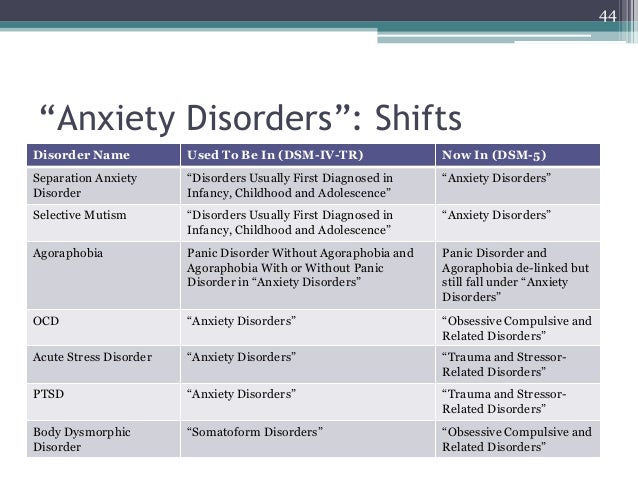 nine0003
nine0003
To understand how autism turned into a spectrum, it is necessary to return to the origins of this concept in the psychological concepts of the development of the 20th century.
The concept of autism was coined in 1911 by the German psychiatrist O. Bleuler to describe a symptom of the most severe cases of schizophrenia, a concept he also created. According to Bleuler, autistic thinking was characterized by an infantile desire to avoid unsatisfactory realities and replace them with fantasies and hallucinations. "Autism" defined the subject's symbolic "inner life" and was inaccessible to observers. Psychologists, psychoanalysts and psychiatrists in the UK have used the word autism in this sense for 19 years.20s and until the 1950s [3]. However, in the 1960s, many British child psychologists challenged Bleuler's claims about children's thinking and created new methods to validate child psychology as a science, in particular epidemiological studies. “Autism” was then completely reformulated as a new descriptive category to meet the needs of this new model of child development.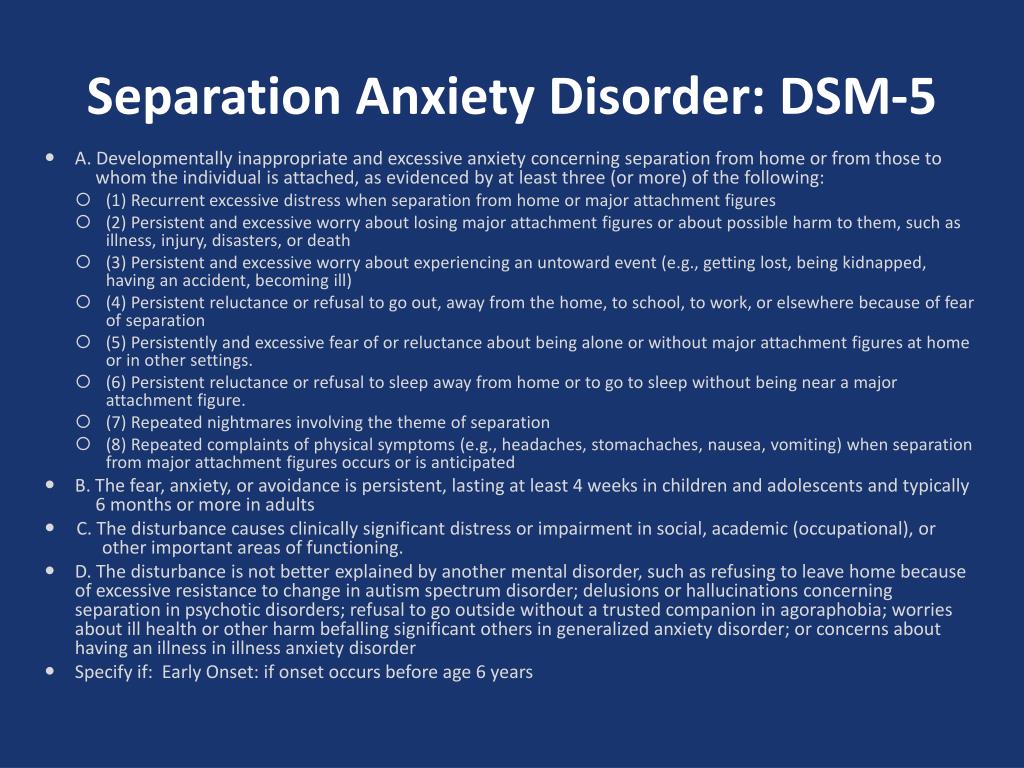 Since the mid-1960s, child psychologists have used the word "autism" to describe the exact opposite. While "autism" at 19The 1950s referred to excessive hallucinations and fantasies in infants, "autism" in the 1970s referred to the complete absence of unconscious symbolic life. For example, M. Rutter, a leading researcher in child psychiatry at the British Maudsley Hospital, who conducted the first ever genetic study of autism, stated in 1972 that "an autistic child has a lack of imagination, not an excess." Then the meaning of the word "autism" was radically reformulated from describing a person who fantasized excessively to a person who did not fantasize at all. nine0003
Since the mid-1960s, child psychologists have used the word "autism" to describe the exact opposite. While "autism" at 19The 1950s referred to excessive hallucinations and fantasies in infants, "autism" in the 1970s referred to the complete absence of unconscious symbolic life. For example, M. Rutter, a leading researcher in child psychiatry at the British Maudsley Hospital, who conducted the first ever genetic study of autism, stated in 1972 that "an autistic child has a lack of imagination, not an excess." Then the meaning of the word "autism" was radically reformulated from describing a person who fantasized excessively to a person who did not fantasize at all. nine0003
Since the 1960s, there has been a phenomenal increase in the number of autism diagnoses that has attracted the attention of many researchers, from psychiatrists and sociologists to literary analysts. Victor Lotter's first epidemiological study of autism found an autism rate of 4.5 per 10,000 children, but a 2006 Lancet article claimed the rate was 116.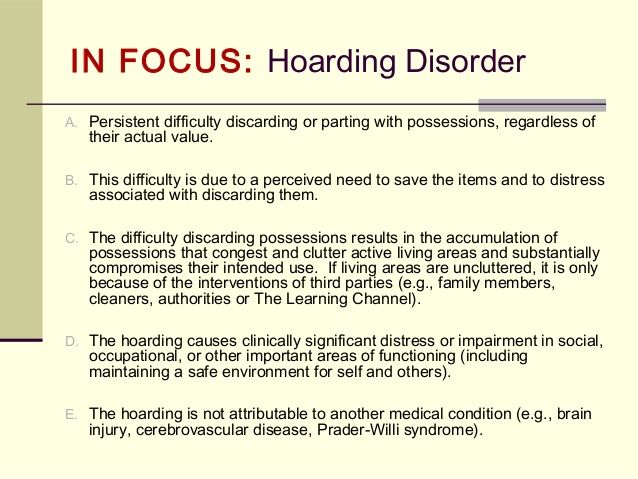 1 per 10,000 children in the UK, and the rate continues to rise. Gil Eyal et al. have argued that in the US and many other Western countries, the number of autism diagnoses has risen since the closure at 1960s institutions for the "mentally retarded" and the integration of children in a new educational and social environment. Changes in diagnostic methods from the 1960s to the 1980s led to autism being associated with "profound mental retardation and other developmental or physical disorders", leading to an increase in the number of children who were thought to have autistic features [1].
1 per 10,000 children in the UK, and the rate continues to rise. Gil Eyal et al. have argued that in the US and many other Western countries, the number of autism diagnoses has risen since the closure at 1960s institutions for the "mentally retarded" and the integration of children in a new educational and social environment. Changes in diagnostic methods from the 1960s to the 1980s led to autism being associated with "profound mental retardation and other developmental or physical disorders", leading to an increase in the number of children who were thought to have autistic features [1].
In 1968, Rutter argued that a Crick score of 9 for autism could be replaced by three key characteristics, namely "deep anomalies in language development, a variety of ritual and compulsive phenomena, and a particular variety of disturbances in interpersonal relationships." Rutter, Hermelin, JAM Martin and Lorna Wing conducted studies on the language used by autistic children in the late 1960s and 1970s who developed the view of Germelin and O'Connor that sensory deficits in infancy lead to the development of unusual language features in autistic children.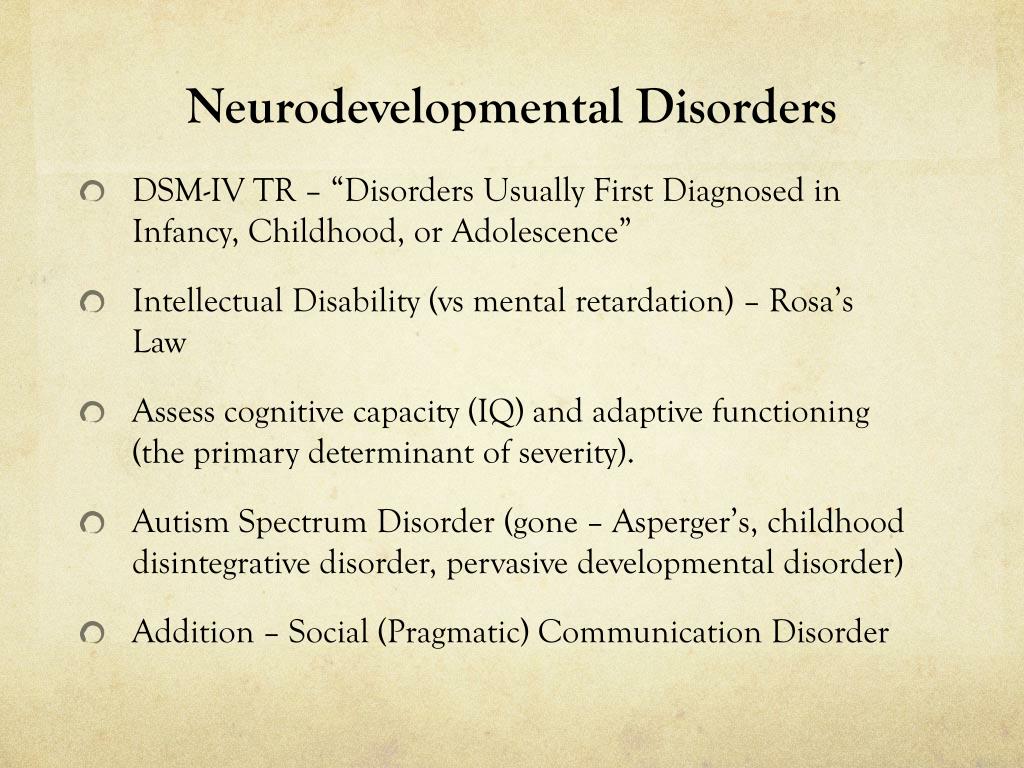 These language anomalies or differences then became a defining feature of the new concept of "autism" in its new psychological metamorphosis, which followed its radical reduction to behavioral measures in the 1960s. Although these researchers did not know the exact form of the central sensory disorder that causes autism, they all agreed that the condition was not caused by emotional responses or hallucinations, but was instead characterized by deficits in certain aspects of linguistic thinking [4]. nine0003
These language anomalies or differences then became a defining feature of the new concept of "autism" in its new psychological metamorphosis, which followed its radical reduction to behavioral measures in the 1960s. Although these researchers did not know the exact form of the central sensory disorder that causes autism, they all agreed that the condition was not caused by emotional responses or hallucinations, but was instead characterized by deficits in certain aspects of linguistic thinking [4]. nine0003
In 1975, Rutter, Lawrence Bartak, and Anthony Cox published the first part of a major "Comparative Study of Childhood Autism and Specific Receptive Language Development Disorder". Research by Rutter, Bartak, and Cox showed that despite similarities within these groups, comparisons showed that autistic children exhibited certain "deviant" forms of language, such as echolalia, pronoun inflection, stereotyped utterances, and metaphorical language. In the case of children who had only language disorders, such "deviant" speech was not common, but this group is much more likely to have articulation defects.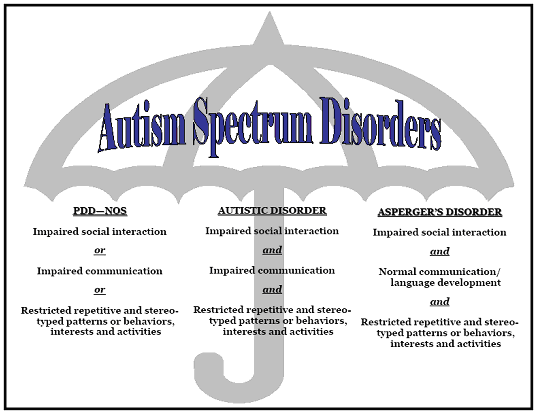 Language "deviation" and impaired use of spoken language and gestures observed in autistic children differed from the problems observed in other children with language disorders [2]. nine0003
Language "deviation" and impaired use of spoken language and gestures observed in autistic children differed from the problems observed in other children with language disorders [2]. nine0003
In the 1970s and 1980s, autism researchers began to take radically new approaches to understanding autism. Responsible for transforming the meaning of autism and creating the current "spectrum" of autism was a British woman named Lorna Wing - she was the mother of a child diagnosed with autism and a constant campaigner to create appropriate educational services for children who were no longer institutionalized in accordance with the law about mental retardation. She was also a psychologist who organized the first population-based study of "social disturbances" in England in the late 1970s. Wing argued that autism is not a unique disorder, but rather part of a spectrum of conditions in which children exhibit a "triad of impairments": in social interaction, in communication, and in symbolic play. This description of autism, based on the general population, is the model that was included in the 1987 Diagnostic and Statistical Manual of Mental Disorders. Disorders (DSM), which has been used in autism diagnosis and research worldwide, encouraging a broader interpretation of the "autism spectrum". nine0003
This description of autism, based on the general population, is the model that was included in the 1987 Diagnostic and Statistical Manual of Mental Disorders. Disorders (DSM), which has been used in autism diagnosis and research worldwide, encouraging a broader interpretation of the "autism spectrum". nine0003
In the 1980s and 1990s, awareness of autism increased and autism research expanded dramatically. In the UK, the Public Health and Social Services Act (1990) came into force to assess the care needs of adults, including people with autism. In addition, the Caregivers (Recognition and Services) Act (1995) offered people the provision of essential care on a regular basis, the right to assess their own needs. nine0003
Thus, this period has witnessed an expansion of scientific and medical understanding of autism, increased public awareness, and new directives in the field of social services. Autism has come to be understood as a developmental disorder of the nervous system.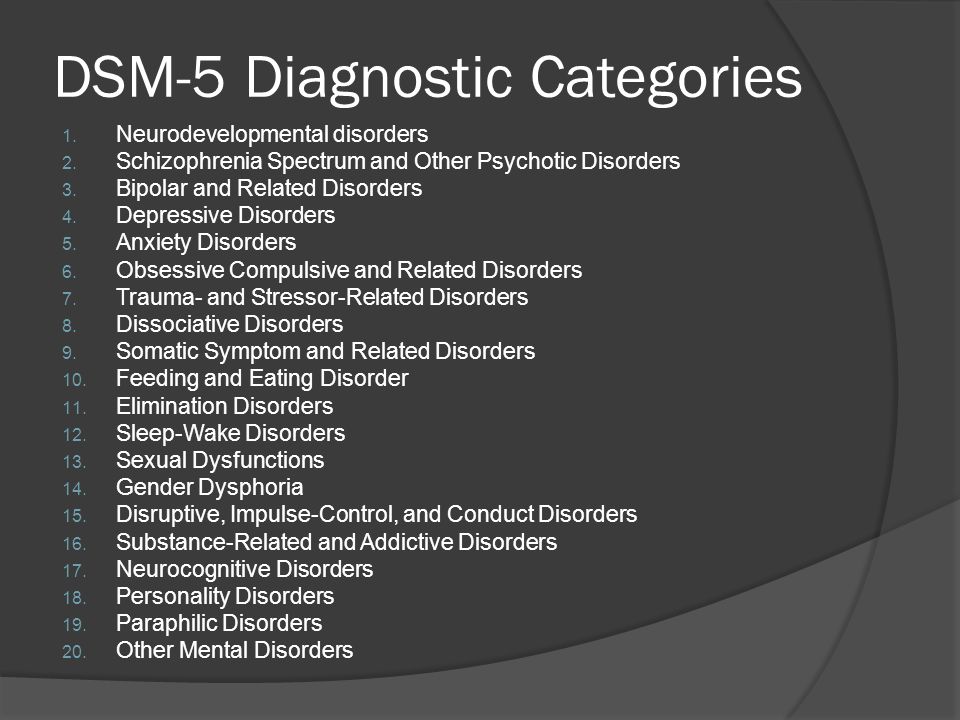 Lorna Wing introduced the concept of autism as a spectrum that causes a wide range of cognitive and neurological impairment, expanding the criteria for recognition and inclusion in the diagnosis.
Lorna Wing introduced the concept of autism as a spectrum that causes a wide range of cognitive and neurological impairment, expanding the criteria for recognition and inclusion in the diagnosis.
Literature:
1. Baron-Cohen S. Theory of mind and autism: a review // Special Issue of the International Review of Mental Retardation. — 2001, Dec. — Vol. 23. - P. 169–204
2. Hobson R. P. The autistic child’s appraisal of expressions of emotion: a further study // J. Child Psychol. Psychiatry. — 1986, Sep. — Vol. 27(5). - P. 671-680.
3. Lovaas O. I. Behavioral treatment and normal educational and intellectual functioning in young autistic children // Journal of Consulting and Clinical Psychology. - 1987. - Vol. 55(1). - R. 3–9.
4. Rutter M. Autistic children: infancy to adulthood // Seminars in Psychiatry. - nineteen70. - No. 2. - P. 435–450
5. Website of the National Autism Society in the UK. [Electronic resource]. URL: https://www. autism.org.uk/about/health/hospital-passport.aspx (accessed 04/27/2021)
Basic terms (automatically generated) : autism, UK, child, DSM, JAM, England, autism concept, developmental disorder, disorder, spectrum.
Keywords
Great Britain, study history, autism spectrum disordersautism spectrum disorders, UK, study history
Similar articles
Cognitive impairments
in children with disorders ...Autism is a group of mental disorders characterized by impairments in social interaction and communication - a process
Cognitive violations in children with ASD are observed in every second child . The word cognitive comes from the Latin verb cognoscere, to know.
The word cognitive comes from the Latin verb cognoscere, to know.
In children with disorder autistic spectrum pronounced impairment of cognitive development which is considered as cognitive...
Spectrum disorders Autism in children - Asperger's syndrome.
Is Asperger's syndrome a spectrum disorder autism or is it a separate developmental disorder ? In the American Classification of Mental Diseases of the fifth revision ( DSM -V), the diagnostic criteria of disorders of the spectrum of autism and children with Asperger's syndrome with a high degree of probability will not meet the new criteria will be changed, which will certainly affect for social support of such children .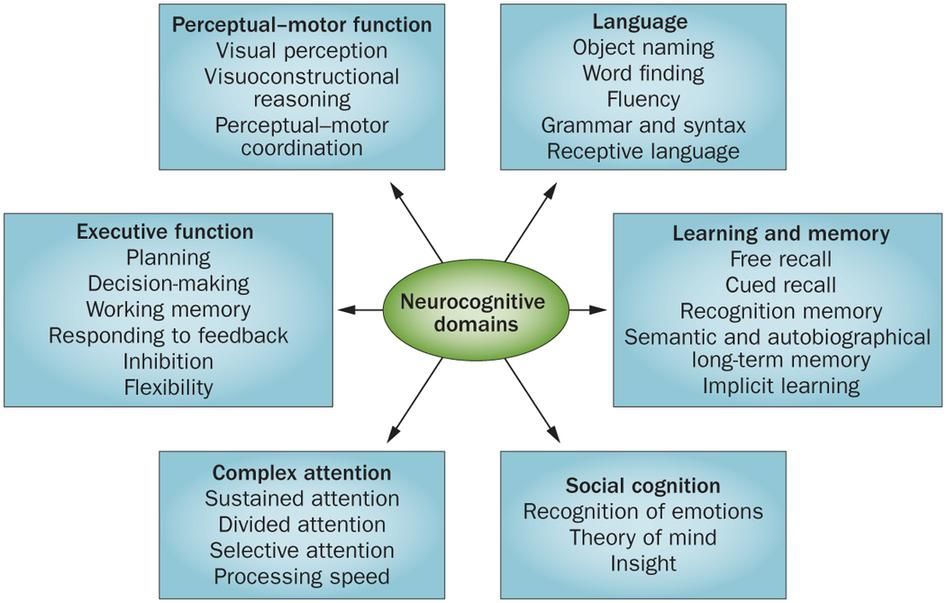
Somatic and neurological status of
children with autismDisorders of higher mental functions in children with autism are combined with neurological and somatic pathology (gastrointestinal tract, immune system).
Childhood autism belongs to the group of disorders psychological developmental , manifested by a disorder in social interaction, by a disorder
Help for people with disorders the autism spectrum . DSM -5 (Diagnostic and Statistical Manual of Mental...
Autism in children : causes, types, signs and recommendations...
Autism - mental and psychological disorder development , in which there is a pronounced deficit of emotional manifestations and the sphere of communication.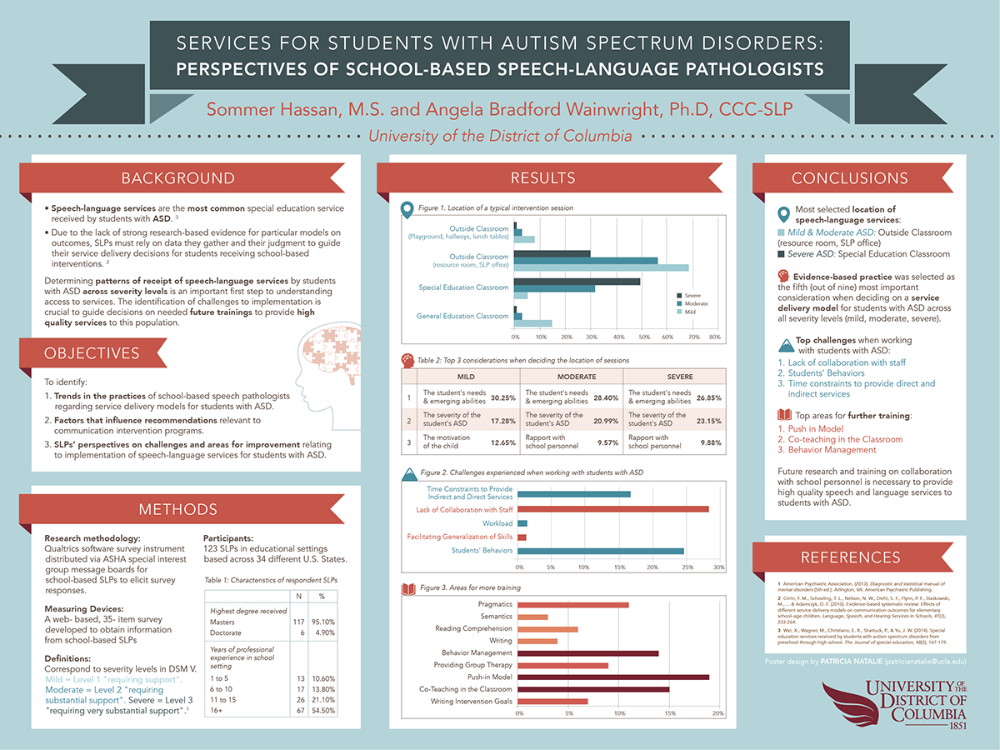
In autism certain developmental disorders are often observed , especially speech impairment (significantly delayed or absent). More than half of the autistic people never reach a level of speech sufficient for normal communication, others register a delay in it ...
Help for people with
disorders autistic spectrum Autism is a complex brain disorder that manifests itself in early childhood. This disorder determines how a person interacts with other people and behaves.
In recent years, the number of children with autism spectrum disorders has been growing. While the exact causes of autism are unclear, research shows that both genes and environment play an important role. nine0003 The article provides an analysis of the concept "hyperesthesia" in children with a diagnosis of early childhood High sensitivity in early childhood
autism 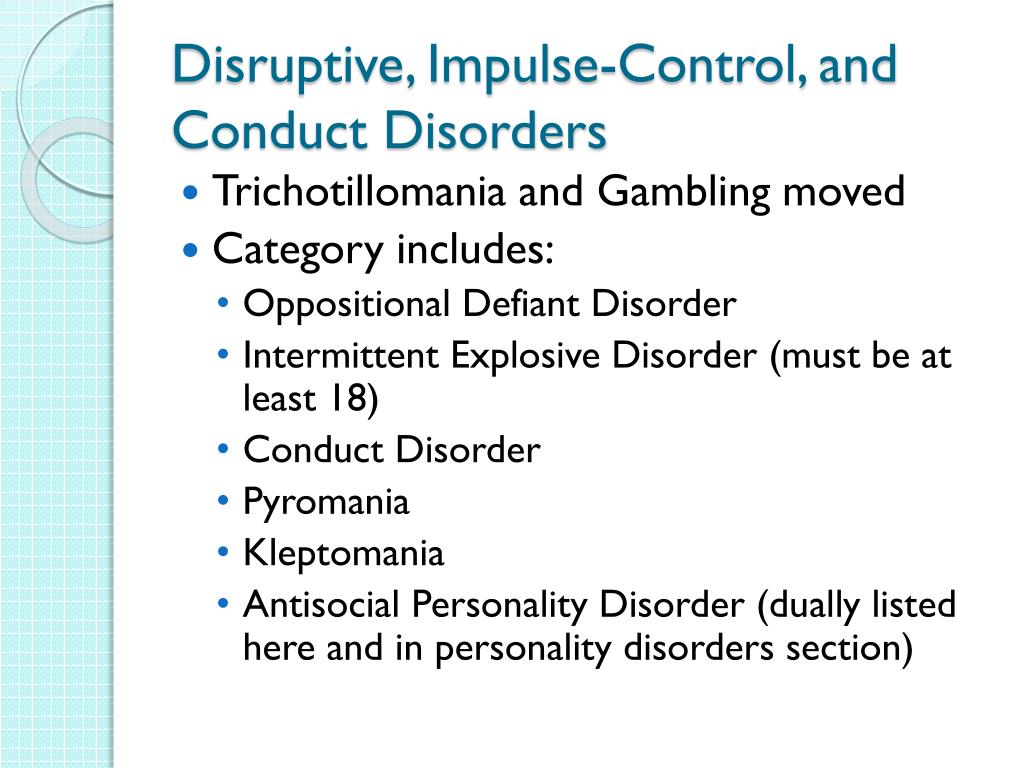 Key words: autism , high sensitivity, mental hyperesthesia, neuroplasticity. Currently diagnosed early children's autism (RDA) - a disorder that parents are increasingly hearing about.
Key words: autism , high sensitivity, mental hyperesthesia, neuroplasticity. Currently diagnosed early children's autism (RDA) - a disorder that parents are increasingly hearing about.
People with Asperger's Syndrome and their integration into society...
autism spectrum disorder includes: children's autism , atypical autism , Rett's syndrome and Asperger's syndrome. Many researchers, both foreign and Russian, describe the specific features of speech children with autism .
Is Asperger's syndrome a disorder of the spectrum of autism or is it a separate developmental disorder ? Attended the speech therapy group of the kindergarten , children avoided, did not participate in games, his.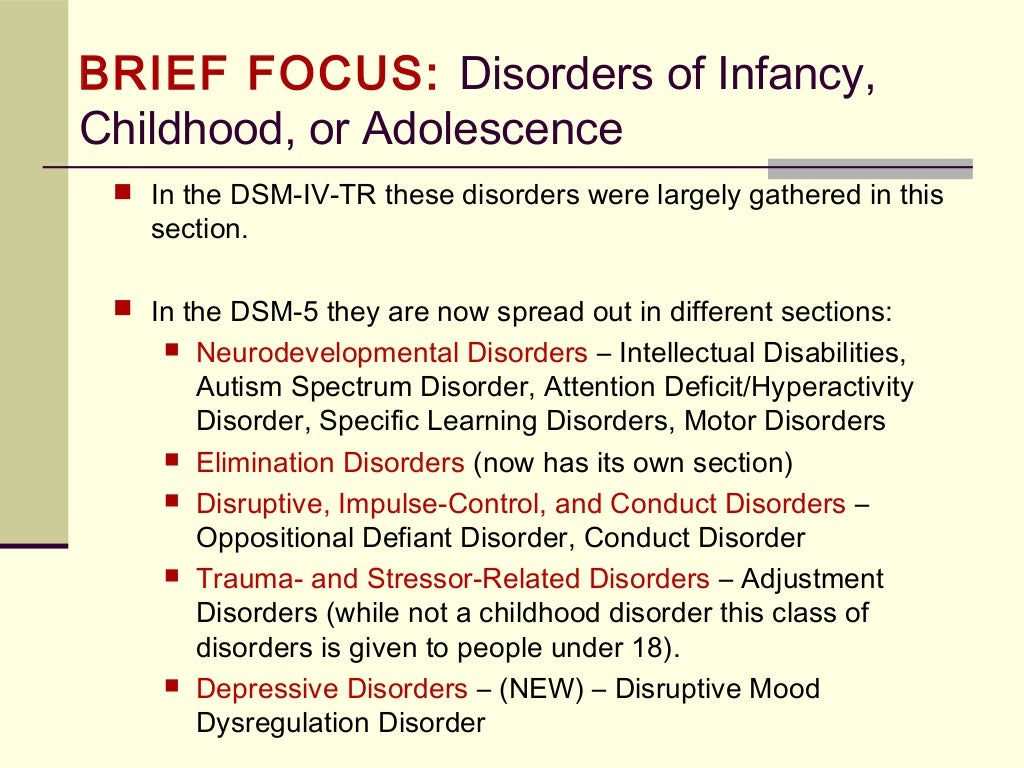 ..
..
Autism . Children to be understood | Journal article...
– Classic autism is often accompanied by mental retardation development .
Autism - the name of the disorder they suffer from - often turns into an insulting mockery that breaks the heart of parents.
I had a chance to immerse myself in the study of the topic autism due to the fact that a five-year-old boy came to the group (a compensating group for children with severe speech disorders ), the diagnosis is the same as everyone else. nine0003
Features of communicative behavior of persons with
disorder ...A child with autism gives the impression that he avoids communication, even with those closest to him, but actually experiences its deficit
The starting point of the social development of persons with disorder autism spectrum is the orientation to the other person , i. e.
e.
The relevance of studying the communication of persons with autism spectrum disorder is due to the high incidence of this disorder among children around the world.
Similar articles
Cognitive impairments
in children with disorders ... Autism0003Cognitive disorders in children with ASD are observed in every second child . The word cognitive comes from the Latin verb cognoscere, to know.
In children with disorder autistic spectrum pronounced impairment of cognitive development which is considered as cognitive...
Spectrum 9 disorders 0358 autism in children Asperger's syndrome.
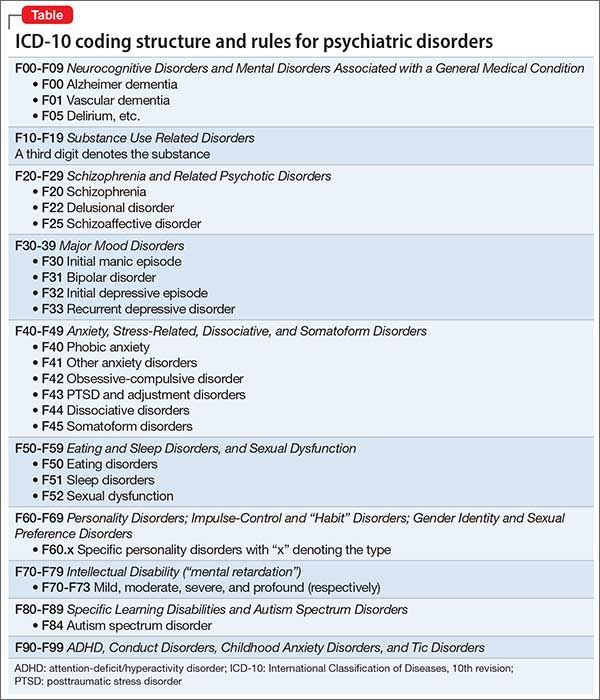
Is Asperger's syndrome a spectrum disorder autism or is it a separate developmental disorder
? In the American Classification of Mental Diseases of the fifth revision ( DSM -V), the diagnostic criteria of disorders of the spectrum of autism and children with Asperger's syndrome with a high degree of probability will not meet the new criteria will be changed, which will certainly affect for social support of such children .Somatic and neurological status of
children with autism Disorders of higher mental functions in children with autism are combined with neurological and somatic pathology (gastrointestinal tract, immune system).
Childhood autism belongs to the group of disorders psychological developmental , manifested by a disorder in social interaction, by a disorder
Help for people with disorders
the autism spectrum . DSM -5 (Diagnostic and Statistical Manual of Mental...Autism in children : causes, types, signs and recommendations...
Autism - mental and psychological disorder development , in which there is a pronounced deficit of emotional manifestations and the sphere of communication.
In autism certain developmental disorders are often observed , especially speech impairment (significantly delayed or absent).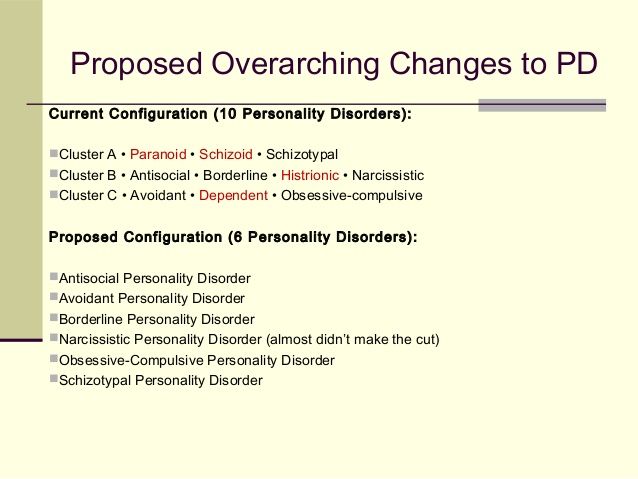 More than half of the autistic people never reach a level of speech sufficient for normal communication, others register a delay in it ...
More than half of the autistic people never reach a level of speech sufficient for normal communication, others register a delay in it ...
Help for people with
disorders autistic spectrum Autism is a complex brain disorder that manifests itself in early childhood. This disorder determines how a person interacts with other people and behaves.
In recent years, the number of children with autism spectrum disorders has been growing. While the exact causes of autism are unclear, research shows that both genes and environment play an important role. nine0003 The article provides an analysis of the concept "hyperesthesia" in children with a diagnosis of early childhood High sensitivity in early childhood
autism 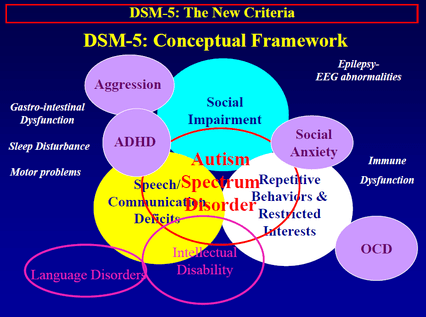 Key words: autism , high sensitivity, mental hyperesthesia, neuroplasticity. Currently diagnosed early children's autism (RDA) - a disorder that parents are increasingly hearing about.
Key words: autism , high sensitivity, mental hyperesthesia, neuroplasticity. Currently diagnosed early children's autism (RDA) - a disorder that parents are increasingly hearing about.
People with Asperger's Syndrome and their integration into society...
autism spectrum disorder includes: children's autism , atypical autism , Rett's syndrome and Asperger's syndrome. Many researchers, both foreign and Russian, describe the specific features of speech children with autism .
Is Asperger's syndrome a disorder of the spectrum of autism or is it a separate developmental disorder ? Attended the speech therapy group of the kindergarten , children avoided, did not participate in games, his.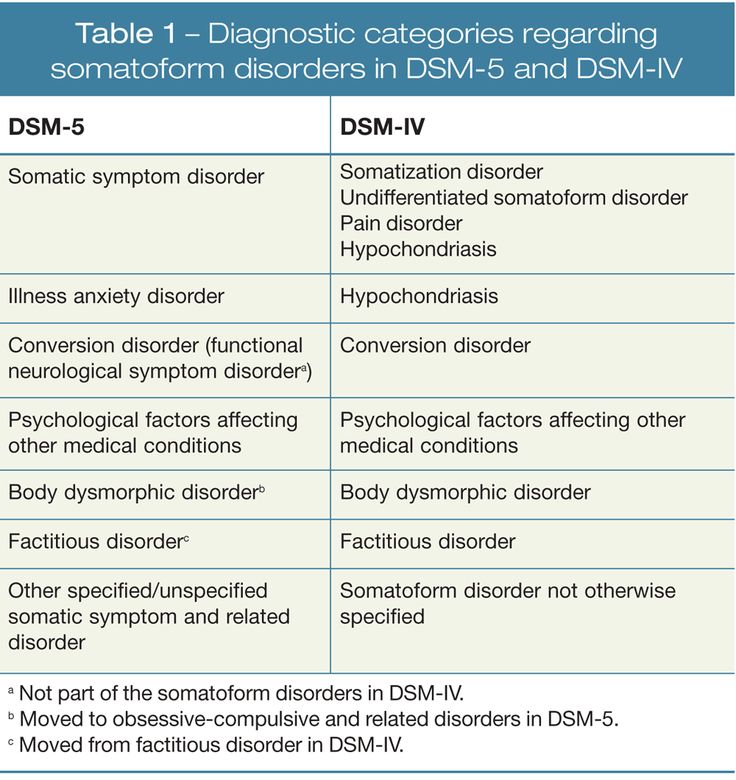 ..
..
Autism . Children to be understood | Journal article...
– Classic autism is often accompanied by mental retardation development .
Autism - the name of the disorder they suffer from - often turns into an insulting mockery that breaks the heart of parents.
I had a chance to immerse myself in the study of the topic autism due to the fact that a five-year-old boy came to the group (a compensating group for children with severe speech disorders ), the diagnosis is the same as everyone else. nine0003
Features of communicative behavior of persons with
disorder ...A child with autism gives the impression that he avoids communication, even with those closest to him, but actually experiences its deficit
The starting point of the social development of persons with disorder autism spectrum is the orientation to the other person , i.